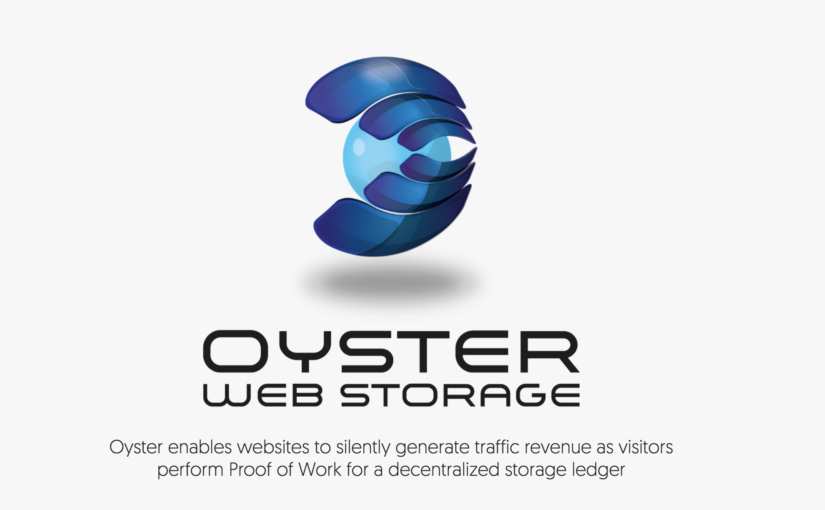Oyster is the new paradigm for the internet economy that breaks the stalemate between advertisers and ad blockers. To accomplish this, Oyster provides web-accessible and anonymous data storage as a superior alternative to cloud storage. Website owners add the one line Oyster code to their site HTML to turn their visitors into treasure hunters that search for Oyster Pearls: the PRL token. Treasure hunting means a visitor’s browser performs light proof of work to discover embedded PRL in the encrypted data maps of uploaded files. Storage users spend PRL to reliably and anonymously store their data as website visitors’ browsers hunt for the PRL spent by the user. This means that Oyster is the economic bridge between content publishers, content consumers, storage providers, and storage consumers. By uniting all these separate parties, Oyster unlocks the hidden revenue potential of the web.
PRL is a unique token because it is intrinsically pegged, via smart contract, to digital storage as a commodity without requiring a reserve. This design was chosen primarily to secure the network’s treasure hunting algorithm. The storage-peg means that PRL will exhibit a stable pricing evaluation once the network is live. The storage commodity demand curve will continuously calibrate the price of PRL. This means that PRL is an incredible opportunity for early adopter investors to make large profits with very low downside risk. PRL is currently being offered at a fraction of the price of cloud storage prices. Due to the economic laws of supply/demand arbitration, the price must calibrate to a price in the general area of cloud storage prices. If the price were to stay at low pre-network prices whilst the network is live, the demand for Oyster would surge as companies and individuals load up on PRL for affordable storage. This surge in demand would increase the price to the fair market value of digital storage, therefore rewarding large profits to early adopters.
Here is an example to illustrate this pricing mechanism: imagine a volleyball being released from the bottom of the ocean. The volleyball shoots up violently to the surface, puncturing the waves and becoming suspended in mid-air for several seconds. The ball then finds buoyancy equilibrium as it rests on the ocean waves, elegantly levitating upwards and downwards along with them. The launch of PRL at a low price can only happen once before it shoots upwards and permanently finds equilibrium with the fair market value of digital storage.
Oyster allows websites to have their own financial autonomy by not relying on monolithic advertising platforms like Google and Facebook. Any of these platforms can bully a website due to political motivations, whilst the advertisements themselves are rarely assertion-neutral. Payments made via Oyster are perfectly decentralized and automated; thus, no one can revoke a website’s paycheck. This in turn can breathe life back into independent organizations that perform investigative journalism and similar works. A great example is Wikipedia, which has notoriously abandoned advertisements to remain politically-neutral.

